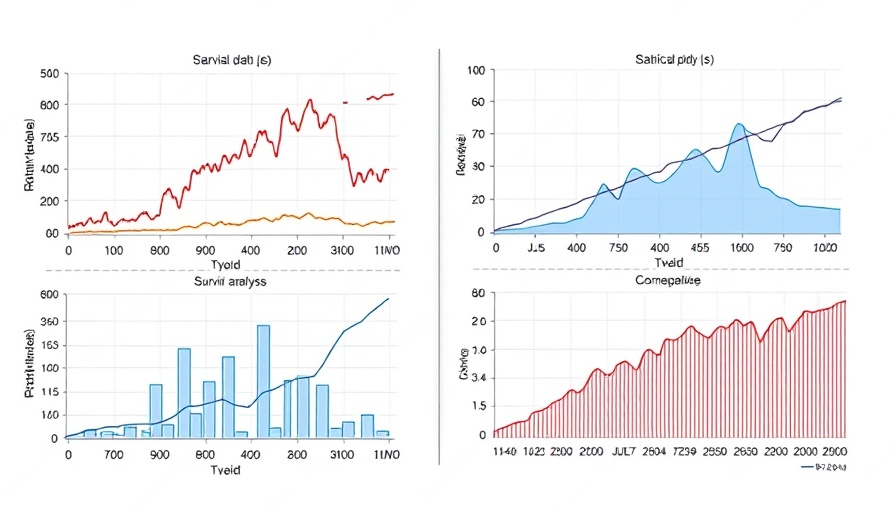
Unlocking the Future of Bladder Cancer Treatment
In a significant breakthrough for bladder cancer care, researchers have highlighted the potential of urine-based tumor DNA (utDNA) testing to personalize treatment strategies. This innovative approach aims to enhance patient outcomes by equipping healthcare providers with better predictive tools. A recent study published in European Urology reveals that the UroAmp test can effectively stratify patients’ risks for recurrence after treatment, thereby optimizing therapeutic interventions.
The Findings of the SWOG S1605 Study
The multi-institutional SWOG S1605 trial predominantly focused on patients who had high-risk bladder cancer that did not respond to the traditional BCG immunotherapy. Researchers analyzed urine samples from nearly 90 patients at the outset of their treatment and again three months later, looking for mutations linked to bladder cancer. The results indicated a strong correlation between the levels of utDNA and patient responses to treatment. Specifically, those with higher levels of utDNA were more likely to either exhibit a poor response to immunotherapy or experience recurrence of their cancer, which was tracked over an impressive span of 18 months.
The Implications for Patient Care
According to Dr. Robert Svatek from UT Health San Antonio, the capacity to gauge therapy responsiveness early represents a seismic shift in the treatment landscape. Tailored therapies not only promise to reduce unnecessary delays—often a source of anxiety for patients—but also offer a pathway to evade major surgeries, thus preserving life quality. As approximately 75% of bladder cancer cases are non-invasive, this method presents a crucial interface between technological advancement and patient-centric care.
Broader Impact on Bladder Cancer Treatment
This urine-based DNA test could redefine clinical practices surrounding bladder cancer. Given that bladder cancer ranks as the sixth most prevalent cancer in the U.S., affecting around 83,000 individuals yearly, these findings underline a pressing need for efficient treatment modalities. The ability to identify patients at higher risk for recurrence will support healthcare practitioners in developing targeted treatment plans suitable for each patient’s unique circumstances.
Future Predictions: UroAmp and Beyond
The success of the UroAmp test may catalyze further innovations within oncology, particularly in the realm of non-invasive diagnostics. If utDNA analysis becomes standard practice, it could lead to advancements in other cancer domains as well, significantly broadening the general understanding of tumor behavior using accessible body fluids. This shift may also inspire new developments in biomarkers, aligning with a global trend toward personalized medicine.
Challenges and Considerations
While the results are promising, adapting uroDNA testing in a practical sense presents challenges. The integration of such tests into routine clinical protocols demands not just technological upgrades but also training for healthcare professionals to interpret these new data effectively. Healthcare administrators will need to assess cost implications and establish standardized practices to ensure that these advancements equitably benefit patients.
Your Role as a Health Practitioner
For concierge health practitioners, understanding these advances is pivotal. You play a critical role in navigating new treatments while advocating for personalized care. Consider discussing the UroAmp test with your patients who are at a higher risk for bladder cancer recurrence. This proactive approach not only enhances dialogue but positions you as a leader in integrating cutting-edge clinical research into everyday practice.
Call to Action
Stay ahead of developing trends in oncological diagnostics and treatment strategies. Engage with your patients about the implications of utDNA testing, and consider how integrating these insights can improve the quality of care you provide. By doing so, you will not only enhance your practice’s capabilities but also contribute to a more informed and supportive journey for your patients facing bladder cancer.
 Add Row
Add Row  Add
Add 






Write A Comment